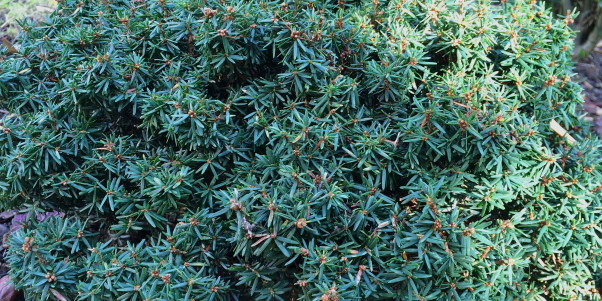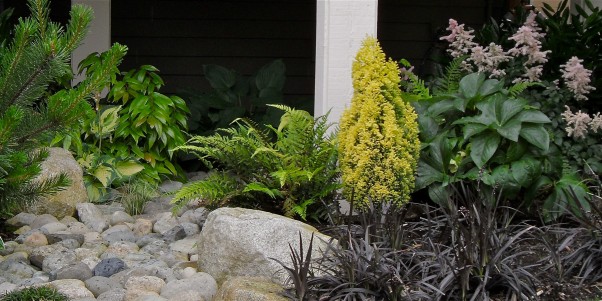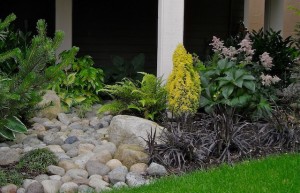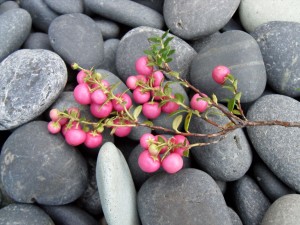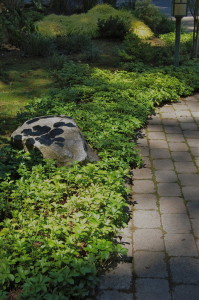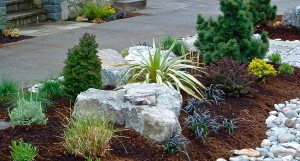 Well-designed topography adds richness and dimension to a landscape. In gardens, grade changes offer opportunities for artful design and dynamic compositions. While terraces, rockeries and retaining walls are often put in place to capture views and manage functional needs (such as drainage and steep slope), they are also opportunities for mindful garden design.
Well-designed topography adds richness and dimension to a landscape. In gardens, grade changes offer opportunities for artful design and dynamic compositions. While terraces, rockeries and retaining walls are often put in place to capture views and manage functional needs (such as drainage and steep slope), they are also opportunities for mindful garden design.
With some forethought, plantings cascading over walls, graceful terraces, and bubbling streams can look completely natural. On a hillside, cozy grottos create welcoming entries or back yard escapes. Terraces that have been made to maximize views are also excellent vantage points to enjoy gardens below.
If you are building or remodeling, think about how your landscaping will integrate with the architecture of your home and other site features. Consider landscaping from the outset while making decisions about grading the site.
Bring together your engineer, garden designer, architect, and general contractor to collaborate on a holistic design. By planning ahead you will probably be surprised by all of the creative options those professionals can suggest. You’ll be able to choose the one that best suits your own vision for combining form + function in your garden.
Are you ready to remove the guesswork and increase your success rate with plantings and garden features? Contact us to learn more about garden planning, landscape design, and solutions for challenging sites.



